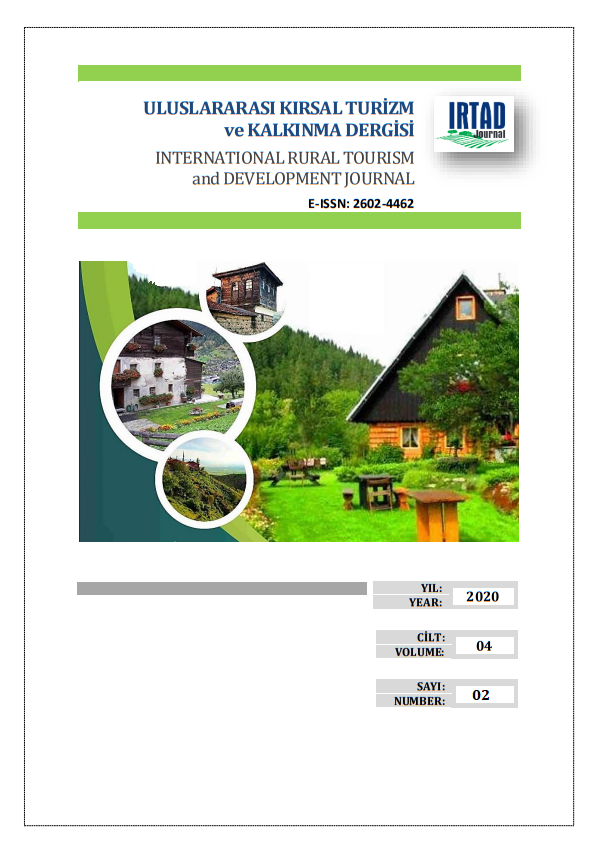
Uluslararası Kırsal Turizm ve Kalkınma Dergisi
Yazarlar: Selda UCA
Konular:-
Anahtar Kelimeler:Approach-Avoid Conflict,Slow Cities,Local People,Uzundere
Özet: Inspite of unlimited human needs, there sources that will meet these needs are scarce in our world, cause various disagreements due to differences in status, purpose, value or perception that people have during sharing of resources. These disagreements, called conflicts, appear in different ways. One of them is internal conflict. When people understand that they cannot reach the goal they want or when they find out that others have an obstacle, they have a conflict within themselves. In a kind of conflict called approach-avoidance, when an individual chooses one of the options with positive and negative consequences, he has to face the negative consequences that arise in order to reach the desired option. It is seen that this conflict is experienced among the options offered to consumers in the field of tourism. The local people who live in the destinations where tourism activities develop, have to bear the many negative situations brought about by these developments which give them advantage in many respects. It is thought that it is important to determine whether the local people living in the slow cities have various advantages from the development of the destination and that even though the current texture is kept alive as much as possible, it is possible to determine if they have suffered any negative situation. In this study, it was aimed to determine whether the local people were faced with the situation of approaching-avoidance, even peoplein the slow cities practice which would not disturb the texture of any destination. For this purpose, a survey was conducted on the local people living in Uzundere, the eleventh slowcity in our country and according to the results of the research, it was determined that the participants showed approach avoidance behavior towards economic, social and environmental factors of tourism. Based on the results of the research, various suggestions were presented to the practitioners and researchers.